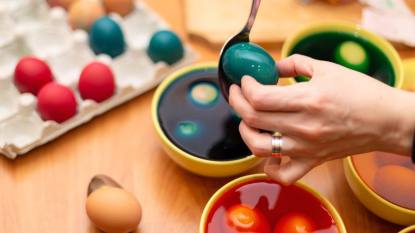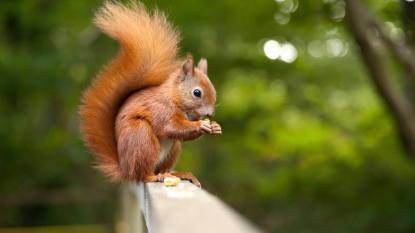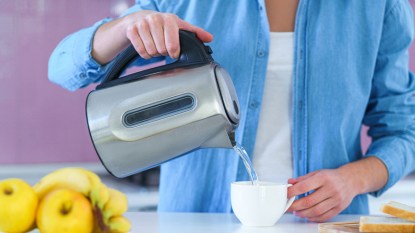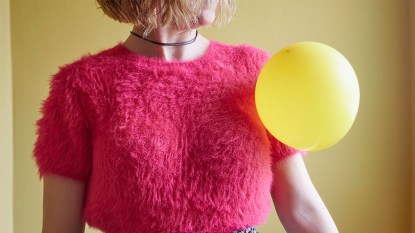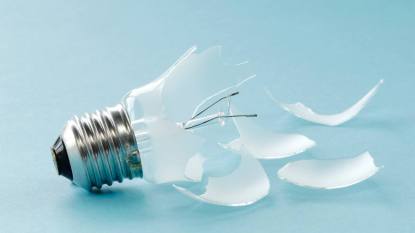Attention Bird Lovers: These Easy Hacks Will Prevent Your Birdbath From Freezing (Without Chemicals or Electricity)
It's better for you and the birds.
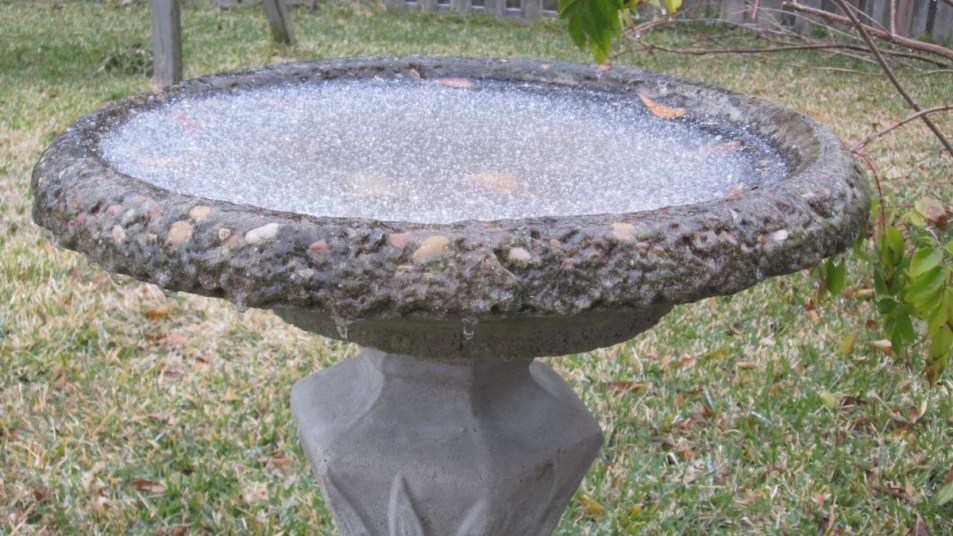
Birdbaths are a gift to bird lovers everywhere. Not only do they give our winged friends a spot to relax, refresh, and rehydrate, they give us the opportunity to view an aspect of nature’s beauty that we don’t often get to see up close. One problem with birdbaths, however, is that they can freeze over on cold spring mornings. Since most chicks don’t own a pair of tiny ice skates, you’ll want to prevent this from happening — both to ensure your chicks come ’round all season long and to keep you from enduring a slew of hassles. Check out these cheap, easy tips for keeping your birdbath from freezing, without electricity or chemicals.
Why shouldn’t you let your bird bath freeze?
You might be wondering why frozen birdbath water on cold spring mornings is an issue. There are a few reasons:
It’s bad for birds. Birds can melt ice to drink it, but it takes a lot of energy, says Farmers’ Almanac. Drinking ice also lowers their body temperature and causes lethargy, which makes it harder for them to escape potential threats. Thawed, liquid water is easier for birds to drink, and it helps them conserve much-needed energy.
It’s bad for birders. Spring mornings between dawn and 11 a.m. are the best for bird watching because that’s when birds are most active, say the experts at NYC Audubon. So if you’re up early looking for birds at your birdbath, you may be disappointed when they quickly leave upon finding it’s frozen over.
It’s bad for birdbaths. If your birdbath is made from stone, concrete, porcelain, ceramic, or glass, it could be prone to cracking and breaking in cold temperatures, says BirdsAdvice.com.
4 Cheap, Easy Hacks To Keep the Water From Freezing
You know you want to keep the water thawed, but what’s the best way to do it? You don’t want to add chemicals, like antifreeze or salts — those are toxic to birds. You also don’t want to risk a fire with a complicated electrical setup, or waste money on a gimmicky tool that might not work. These easy tricks don’t require electricity or chemicals, and you might have everything you need in your house for them already.
Top it up.
As simple as it may sound, keeping your birdbath full at all times can keep it from freezing, says BirdsAdvice.com. The shallower the water, the more quickly it will freeze. Be careful not to fill it too much, as birds are small, and even shallow water can prove dangerous. The sweet spot is two inches deep at the middle of the basin, and ½ to one inch at the sides.
Remember: location, location, location.
In the summer, you want to keep your birdbath in the shade, so birdies can get a reprieve from the hot sun. But for chilly spring mornings, it’s best to keep it somewhere sunny to discourage ice, says Farmers’ Almanac.
Add a small object.
Put a small, floating object in your bird bath, link a Ping-Pong ball or a cork. The wind will move it around the surface. This will keep the water moving (which makes it harder for ice to form) and break up any ice that does form, says Farmers’ Almanac. They also recommend using a dark-colored object; it will absorb more heat, boosting its thawing powers.
Darken the surface.
Put some black pebbles, a black plate, or a black plastic sheet to the bottom of your birdbath’s basin, suggests BirdsAdvice.com. Dark colors absorb more heat from the sun, which can help the water in your birdbath stay warmer for longer.
With the onset of spring comes so many wonderful things — more birds, more time in the garden, more time in the sun. Want to get the most out of the season this year? Check out these tips to make your yard the best on the block.



